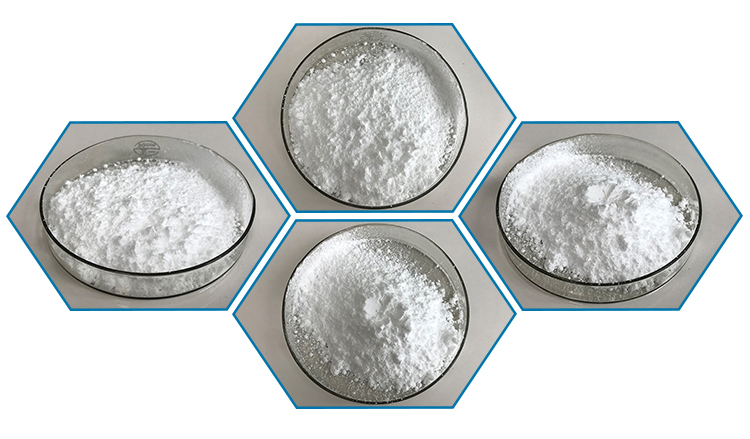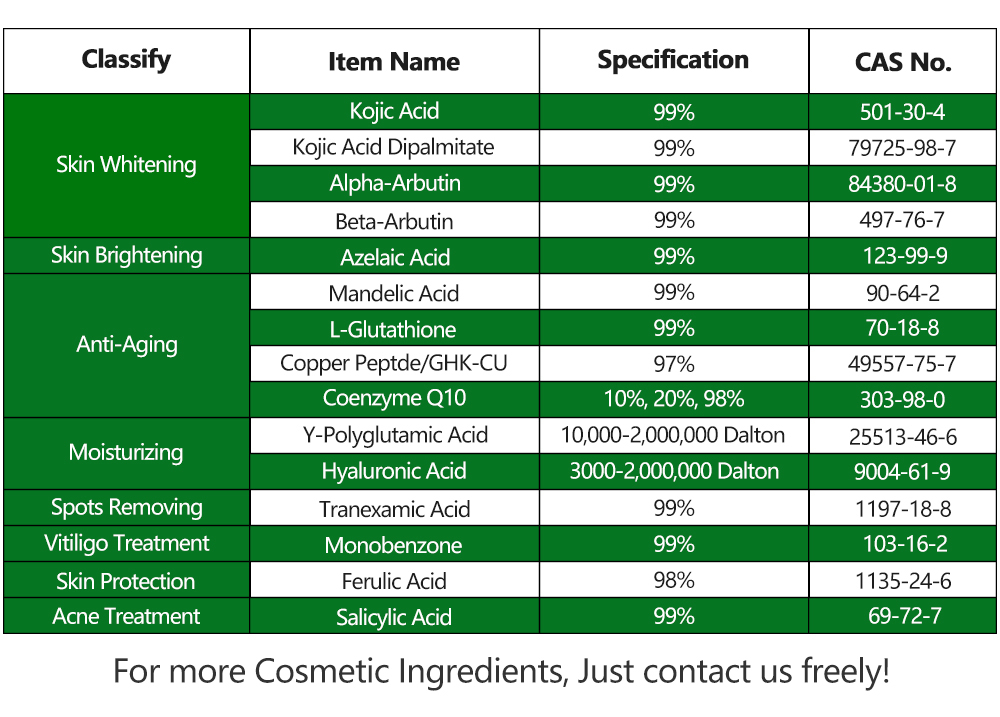Tranexamic acid is a medication commonly used to prevent or treat excessive bleeding, such as in surgical procedures or heavy menstrual bleeding. Below are the general materials and methods associated with its use:
Materials of Tranexamic Acid:
1.Tranexamic Acid: This is the active pharmaceutical ingredient (API) and comes in various forms, including tablets, injections, and topical solutions.

2.Diluent (if applicable): In the case of intravenous injections, you may need a diluent, such as sterile water, to mix with tranexamic acid.
3.Medical Supplies: Depending on the administration route, you might need syringes, needles, IV catheters, and infusion sets.
4.Patient Information: Gather relevant patient data, including medical history, allergies, and current medications.
5.Medical Equipment (if applicable): For topical application, you might need gauze or a sterile applicator.
Methods of Tranexamic Acid:
1.Dosage Calculation: Calculate the appropriate dose of tranexamic acid based on the patient’s weight, condition, and the reason for administration. This calculation should be performed by a qualified healthcare professional.
2.Hand Hygiene: Wash your hands thoroughly and wear appropriate personal protective equipment (PPE) like gloves.
3.Patient Assessment: Assess the patient’s condition, ensuring they do not have any contraindications to tranexamic acid, such as a history of blood clots or known allergies.
4.Preparation of Injection (if applicable):
For intravenous use, prepare the medication by reconstituting tranexamic acid with the appropriate diluent according to the manufacturer’s instructions.
Draw up the correct dose of the reconstituted solution into a sterile syringe.
5.Administration:
For oral tablets, administer the prescribed dose with water.
For intravenous administration, follow established aseptic techniques to start an IV line and administer the medication slowly, according to the recommended infusion rate.
6.Monitoring: Monitor the patient during and after administration for any adverse reactions. This may include vital signs, allergic reactions, or signs of blood clots.
7.Patient Education: Provide the patient with information about the medication, its purpose, potential side effects, and any special instructions (e.g., taking with or without food).
8.Documentation: Record the administration details in the patient’s medical chart, including the date, time, dose, route, and the patient’s response to the medication.
9.Follow-Up: Schedule any necessary follow-up appointments to monitor the patient’s response to tranexamic acid.

Please note that the above methods are general guidelines, and the specific materials and methods may vary based on the clinical setting, the patient’s condition, and the formulation of tranexamic acid being used. Always follow the guidance of a healthcare professional and refer to the medication’s package insert for detailed instructions.
